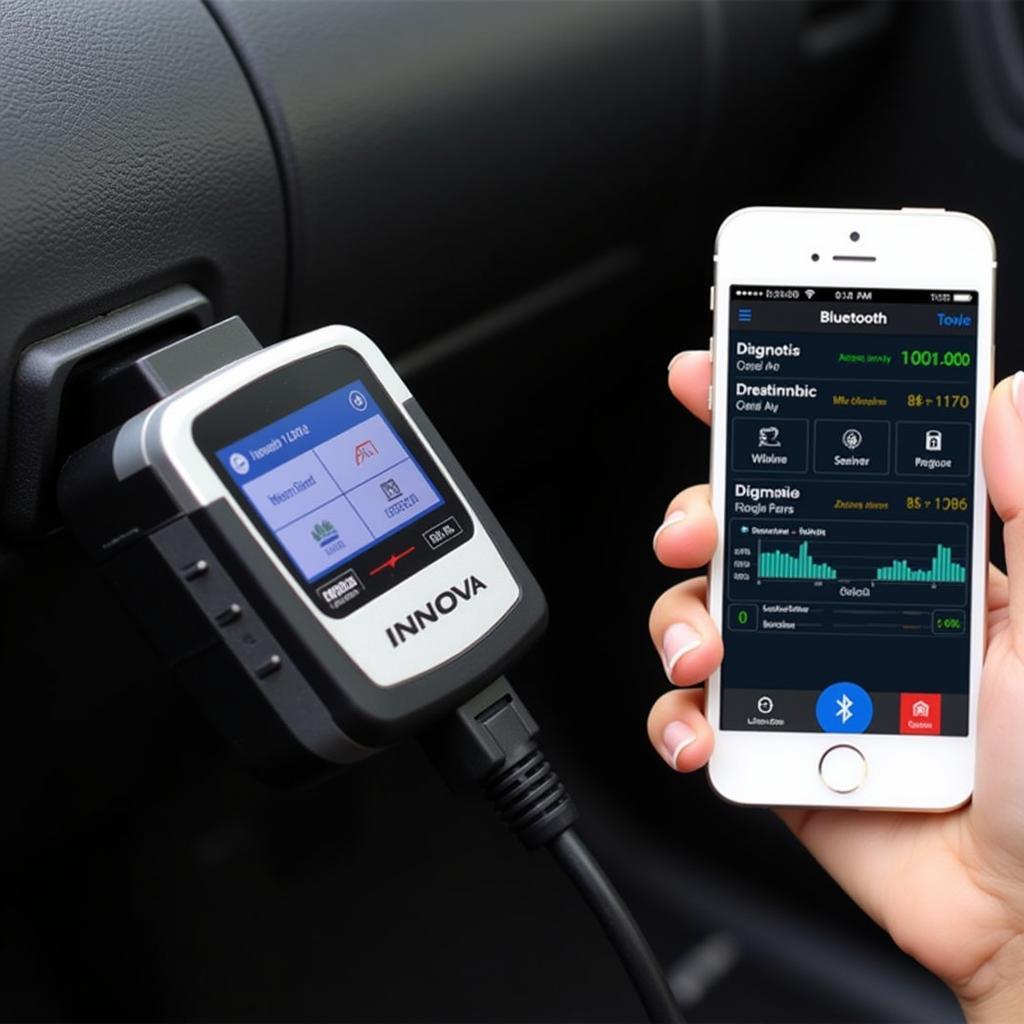Connecting Microsoft Dynamics CRM to Outlook can streamline your workflow and boost productivity, but encountering connectivity issues can be frustrating. The Microsoft Dynamics Crm Client For Outlook Diagnostic Tool is a powerful resource designed to help you identify and resolve these issues quickly. This comprehensive guide will walk you through the diagnostic tool, common problems, and troubleshooting steps.
Understanding the Microsoft Dynamics CRM Client for Outlook Diagnostic Tool
The Diagnostic Tool is a built-in feature within the Microsoft Dynamics CRM Client for Outlook. It analyzes your system configuration, network settings, and CRM client setup to pinpoint the root cause of connectivity problems. This tool proves invaluable for both novice users and experienced administrators in identifying and resolving issues efficiently.
Common Connectivity Issues and Their Causes
Before diving into the troubleshooting steps, it’s beneficial to understand some common connectivity issues users face:
- Authentication Errors: These errors occur when the CRM client cannot verify your credentials with the CRM server. Causes can include incorrect username or password, expired password, or account lockouts.
- Network Connectivity Problems: Issues connecting to the CRM server might stem from network outages, firewall restrictions, or DNS resolution problems.
- CRM Client Configuration Errors: Incorrect server address, outdated CRM client version, or corrupted client installation files can lead to connectivity problems.
- Plugin or Customization Conflicts: Custom plugins or workflows within your CRM environment can sometimes interfere with the client’s functionality.
Using the Microsoft Dynamics CRM Client for Outlook Diagnostic Tool
Follow these steps to run the Diagnostic Tool and interpret the results:
- Open the CRM Client for Outlook: Locate and open the Microsoft Dynamics CRM folder in your Outlook application.
- Access the Diagnostics: Click on the “CRM” tab in the Outlook ribbon. Then, click on the “Diagnostics” button.
- Run the Tests: In the Diagnostic Tool window, select the tests you want to run. You can choose to run all tests or select specific ones based on the issues you’re experiencing.
- Review the Results: Once the tests are complete, the tool displays a detailed report. The report highlights any failed tests and provides potential solutions or recommendations for each issue.
Troubleshooting Tips Based on Diagnostic Results
The Diagnostic Tool offers specific recommendations based on the identified issues. Here are some common solutions:
- Authentication Errors: Verify your username and password. Reset your password if you’ve forgotten it. Contact your CRM administrator if your account is locked.
- Network Connectivity Problems: Check your internet connection. Temporarily disable your firewall to see if it’s blocking the connection.
- CRM Client Configuration Errors: Double-check the CRM server address in the client configuration settings. Update your CRM client to the latest version. Repair or reinstall the CRM client if files are corrupted.
- Plugin or Customization Conflicts: If you suspect plugins or customizations are causing issues, contact your CRM administrator to disable them temporarily and test the connection again.
“The Diagnostic Tool has been a lifesaver! It helped me pinpoint a firewall issue that was preventing my team from accessing CRM. We were back up and running in no time.” – John Smith, IT Manager at Acme Corporation
Advanced Troubleshooting and Support
If the Diagnostic Tool doesn’t resolve your issue or if you encounter complex problems, consider these additional steps:
- Consult CRM Documentation: Microsoft provides extensive documentation and online resources for Dynamics CRM.
- Engage Your CRM Administrator: Your CRM administrator has access to more advanced tools and settings to diagnose and resolve issues.
- Contact Microsoft Support: If you’ve exhausted all other options, Microsoft offers dedicated support channels for Dynamics CRM.
Conclusion
The Microsoft Dynamics CRM Client for Outlook Diagnostic Tool is an essential resource for troubleshooting connectivity issues. By understanding how to use the tool effectively and following the provided recommendations, you can swiftly identify and resolve problems, ensuring seamless integration between your CRM and Outlook.
If you’re facing persistent connectivity challenges or need expert assistance, don’t hesitate to contact our team at ScanToolUS. Our team of certified technicians is available at +1 (641) 206-8880 or visit our office located at 1615 S Laramie Ave, Cicero, IL 60804, USA.
We’re dedicated to helping you maximize your CRM productivity!


